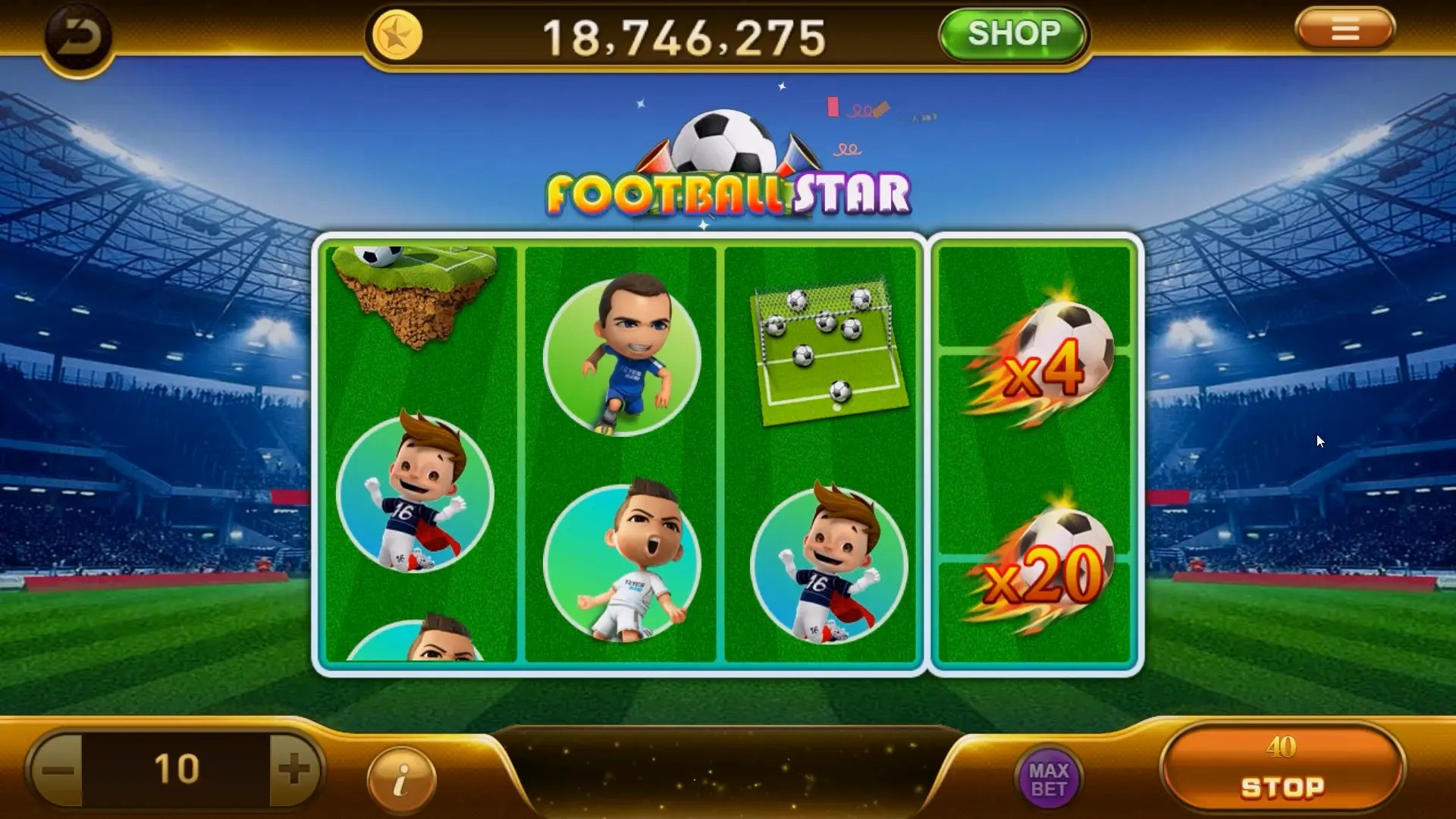Idle Games vs. Multiplayer Games: Which Gaming Experience is Right for You?
The gaming world is an evolving universe where players often face dilemmas when choosing their next adventure. Two popular categories have emerged in recent years: idle games and multiplayer games. Each has its unique flavor, drawing in different types of gamers. But how do you determine which offers the right experience for you? Let’s dive into the nuances of both.
What Are Idle Games?
Idle games, or clicker games, are designed to be played at a leisurely pace. The central premise usually revolves around earning resources without the need for constant player input. These games often feature:
- Simple mechanics: Players can progress with minimal interaction.
- Gradual progression: Growth comes over time, allowing even casual players to enjoy the experience.
- Automation: Many idle games allow players to automate actions, creating a satisfying loop of progress.
Popular examples include titles like "Cookie Clicker" and "AdVenture Capitalist," where players click to earn cookies or money, respectively. They are perfect for players who enjoy a systematic approach.
Understanding Multiplayer Games
In stark contrast, multiplayer games offer a much different experience. They allow gamers to engage with friends or compete against others online. Here’s what sets them apart:
- Interactive gameplay: Cooperation or competition adds layers of unpredictability.
- Community engagement: Players often form bonds with teammates or rivalries with opponents.
- Learning curve: Multiplayer games often have steeper learning curves, which can lead to rewarding moments.
Notable titles include "Fortnite," "Apex Legends," and various Sim RPG games that involve team dynamics and strategy.
Benefits of Idle Games
Here’s a quick overview of the advantages of idle games:
| Advantages | Details |
|---|---|
| Time-Efficient | Perfect for those with limited gaming time. |
| Less Stress | No need for quick reflexes or intense strategizing. |
| Accessible | Can appeal to casual gamers and those new to gaming. |
Downsides of Idle Games
But it isn't all fun and games. Idle games also come with drawbacks:
- Repetitive gameplay: The mechanics can become stale after extended play.
- Limited social interaction: Players might miss out on the camaraderie found in multiplayer settings.
- Minimal skill investment: Progress often feels more automated than skill-based.
Benefits of Multiplayer Games
Now let’s analyze why many players flock to multiplayer games:
| Advantages | Details |
|---|---|
| Dynamic Experience | Every match can turn out differently based on player interactions. |
| Social Connections | Engage with a community of fellow gamers. |
| Skill Development | Many multiplayer games promote strategy, teamwork, and quick decision-making. |
Challenges of Multiplayer Games
Nevertheless, challenges do exist for multiplayer gamers:
- Time Commitment: Many games require a substantial time investment to master.
- High Pressure: Competitive environments can be stressful, especially for casual players.
- Skill Gaps: New players may struggle against more experienced opponents, leading to frustration.
Comparing Idle Games and Multiplayer Games
Ultimately, both gaming styles offer unique experiences. Here’s a side-by-side comparison:
| Aspect | Idle Games | Multiplayer Games |
|---|---|---|
| Interaction Level | Low | High |
| Gameplay Style | Casual, automated | Active, strategic |
| Time Investment | Flexible | Consistent |
Conclusion: What’s Right for You?
Choosing between idle games and multiplayer games boils down to your personal preferences, play style, and the time you wish to invest. If you're someone who enjoys a casual approach and would like to unwind without high stakes, then idle games may be your best fit. However, if you're seeking a thrilling experience that challenges your skills and offers social connections, then diving into multiplayer games would be the ideal choice. Regardless of your decision, both paths offer gamer enjoyment in unique ways.



